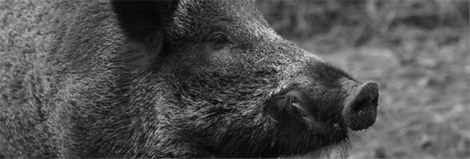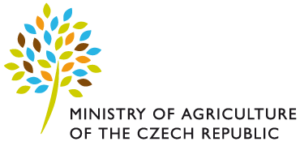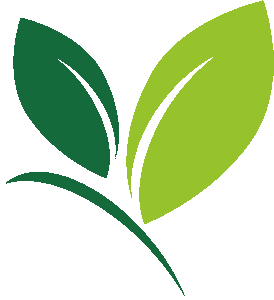Workshop on ASF surveillance and wildlife management

BTSF GF-TADS Workshop – One day workshop on ASF surveillance and wildlife management
Olomouc, 12th October 2017 (NH Collection Olomouc Congress, Legionárská 21. 779 00, Olomouc, Czech Republic)
Time Contents Trainer
9:00 – 9:15 Welcome, introduction, aims Experts, Host country representative
9:15 – 10:10 Wild Boar ecology (Geographical distribution
, Demography, Census and hunting methods) AIM: participants will have an overview of the wild boar management system through the infected countries in order to compare densities, census methods and the different demographic structure resulting from different management strategies
10:10 – 11:00 ASF in wild boar in Eastern Europe (Geographical spread, epidemiological role played by the wild boa
r, transmission patterns, risk factors) AIM: participants will have an overview of the main epidemiological characteristics of ASF epidemiology. Modes of transmission (direct and indirect) will be presented; the concept of wild boar threshold density and Critical Community size will be discussed in the light of the possible density dependent eradication of the infection. Presentation of the concept of ASF virus environmental contamination and its role in virus maintenance and spreading.
11:15 -11:50 ASF International legislation; legislation within the EU, OIE legislation, diagnostic standards of the UE diagnostic manual, EU and Terrestrial Code surveillance models
11:50 – 12:45 ASF surveillance in wild boar (early detection in free areas; monitoring in infected areas; sampling and epidemiological parameters estimation); AIM: Participants receive key info in order to understand which surveillancestrategy (passive vs active, Ag detection vs Ab detection) is the best choice in the framework of ASF early detection in free areas and monitoring in infected areas.
12:45 -14:00 Wild boar data collection in ASF infected areas (management units: hunting vs administrative units; seasonality: biological periods vs calendar year; structure of the sampled population: age and gender classes; prevalence in dead vs hunted animals); AIM: participants will receive advice on how to organize the data in order to fill the most common gaps observed when Wild boar management and hunting derived data are collate together with Domestic animal health data.
14:35 – 15:10 ASF in wild boar: practical management (designing a wild boar infected area; set quotas and hunting bags); AIM: Participants will receive information regarding the main strategies and their implementation in wild boar infected areas in order to achieve the eradication of the virus.
15:10 – 15:45 Biosecurity in ASF in wild boar infected areas (role of biosecurity measures during hunting; safe disposal of carcasses and infected hunted animals, practical organization of biosecurity facilities in Hunting ground; management of hunted animals while waiting ASF test results); AIM: participants will be informed regarding the role of biosecurity and how to arrange the minimum set of measures in hunting grounds.
15:45 – 16:00 Group exercise a) surveillance; b) population management; c) data collection and reporting Participants
16:45 -17:30 Discussion on exercise results Participants and experts
17:30 Closure of the training







